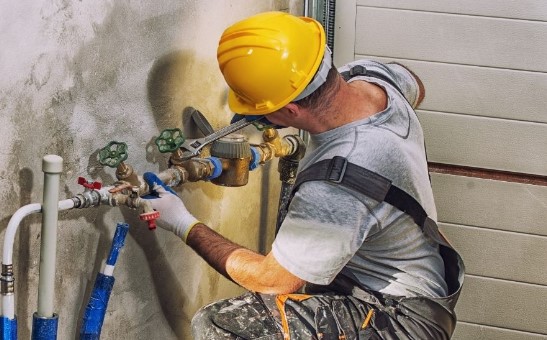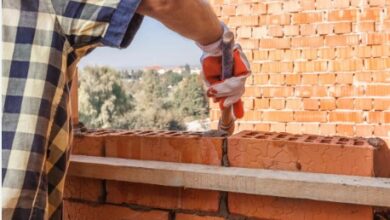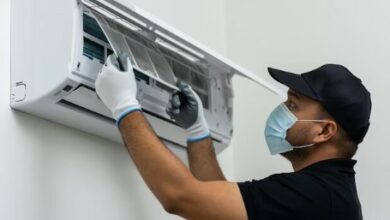The Comprehensive Guide to Plumbing: Everything You Need to Know

Plumbing is a crucial system within any residential, commercial, or industrial building, responsible for the conveyance of fluids for various applications. Plumbing historically involved lead pipes for transporting water. However, multiple materials, including copper, PVC, and PEX, are used today. Plumbing systems include pipes, valves, fixtures, tanks, and other apparatuses for water distribution and waste management. Beyond its functional roles, plumbing significantly influences public health and safety by ensuring access to clean water and facilitating the sanitary disposal of wastewater.
In modern society, the importance of plumbing cannot be overstated. It underpins daily activities from drinking and bathing to heating and cooling systems. Proper plumbing infrastructure supports the efficient use of water, promotes hygiene, and helps prevent the spread of waterborne diseases. Given its impact, skilled professionals must install and maintain plumbing with precision and care.
The Evolution and Importance of Modern Plumbing Systems
- Historical Evolution of Plumbing
The history of plumbing dates back thousands of years, with evidence of early systems found in ancient civilizations such as the Indus Valley, Egypt, and Rome. The Indus Valley Civilization (around 2500 BCE) had advanced drainage systems, while Egyptians used copper pipes for irrigation and bathhouses. The Roman Empire significantly advanced plumbing technology by developing aqueducts to transport water from distant sources into cities. They also created extensive sewer systems, such as the Cloaca Maxima in Rome, which are still used today.
During the medieval period, plumbing advancements stalled in Europe, but innovations continued in the Islamic world. The Renaissance saw a resurgence in European plumbing, with an increased understanding of water pressure and flow. In the 19th century, they brought significant progress, including developing modern sewer systems and indoor plumbing. The introduction of cast iron pipes and the invention of the flush toilet revolutionized the industry. Today, plumbing continues to evolve with new materials, technologies, and environmental considerations driving the industry forward.
- Modern Plumbing Materials
Modern plumbing systems rely on various materials chosen for specific properties and applications. Traditional materials like copper are still widely used due to their durability and resistance to corrosion. Copper pipes are ideal for hot and cold water supply lines and are known for their long lifespan. However, the high cost of copper has led to the increased use of alternatives such as PVC (polyvinyl chloride) and PEX (cross-linked polyethylene).
PVC is a plastic material used for drain, waste, and vent (DWV) systems. It is lightweight, easy to install, and resistant to chemical corrosion. PEX, on the other hand, is flexible, making it easier to install in tight spaces and requiring fewer fittings. It is also highly resistant to freeze damage, making it a popular choice in colder climates. Other materials like galvanized steel, stainless steel, and brass are also used, each offering unique benefits depending on the plumbing application.
- Plumbing Fixtures and Appliances
Plumbing fixtures and appliances are the visible components of a plumbing system, including sinks, faucets, toilets, showers, and bathtubs. These fixtures are designed for both functionality and aesthetic appeal and play a crucial role in everyday water usage and waste management. Modern plumbing fixtures incorporate advanced technologies to improve efficiency and convenience. For instance, low-flow toilets and faucets reduce water consumption, while touchless fixtures enhance hygiene by minimizing contact with surfaces.
Water heaters are another essential component, providing hot water for various household needs. There are different water heaters, including traditional tank-style, tankless (on-demand), and solar water heaters. Each type has advantages and is chosen based on energy efficiency, cost, and installation requirements. Regular maintenance of these fixtures and appliances ensures optimal performance and longevity, contributing to the overall efficiency of the plumbing system.
Read also: Plumber Dartford: Reliable and Professional Plumbing Services
- Plumbing System Design and Installation
Designing and installing a plumbing system requires careful planning and adherence to building codes and regulations. The process begins with a detailed layout that includes the location of pipes, fixtures, and appliances. This layout must account for water supply lines, drain-waste-vent (DWV) systems, and venting requirements to ensure proper function and prevent issues such as leaks or clogs.
For all your plumbing needs in Portland,Professional plumbers use blueprints and specifications to guide the installation process, ensuring all components are correctly positioned and connected. They must also consider water pressure, pipe size, and flow rate factors to optimize system performance. Building codes and standards are crucial in this phase, dictating the materials, methods, and safety measures required for compliant plumbing installations. Adhering to these codes helps prevent potential hazards and ensures the system operates efficiently.
Plumbing is an essential component of modern infrastructure, ensuring the safe and efficient delivery of water and removing waste. From its historical origins to contemporary innovations, plumbing has continually evolved to meet society’s needs. Modern plumbing systems rely on a variety of materials and technologies, each chosen for its specific properties and applications. Proper design, installation, and maintenance are crucial to the performance and longevity of these systems.
The role of plumbing in public health and environmental sustainability cannot be overstated. Access to clean water and adequate sanitation is fundamental to public health, while sustainable plumbing practices help conserve resources and protect the environment. As the industry continues to innovate, the future of plumbing promises even greater efficiency, convenience, and sustainability. For homeowners and professionals alike, understanding the complexities of plumbing is essential to maintaining the systems that support our daily lives.








